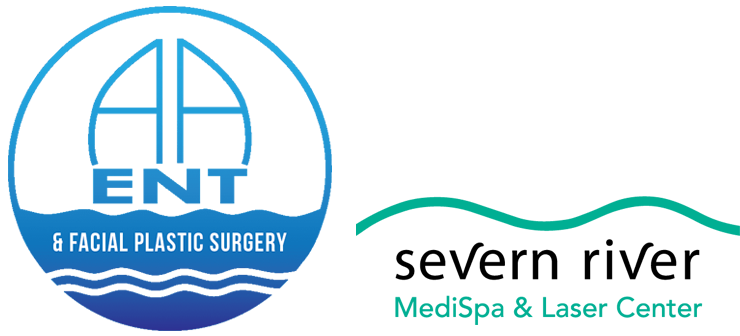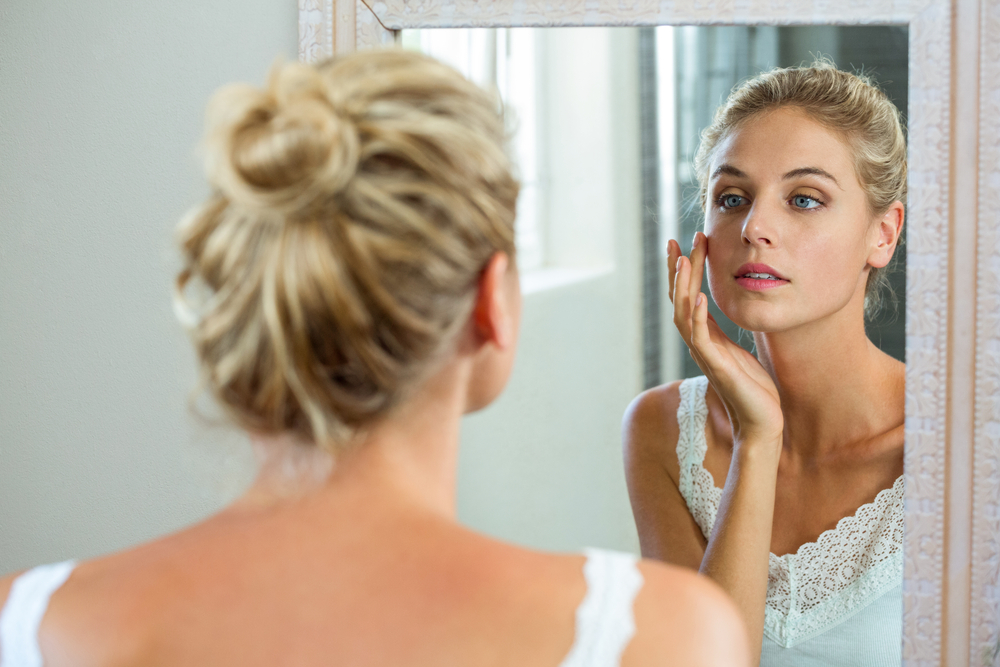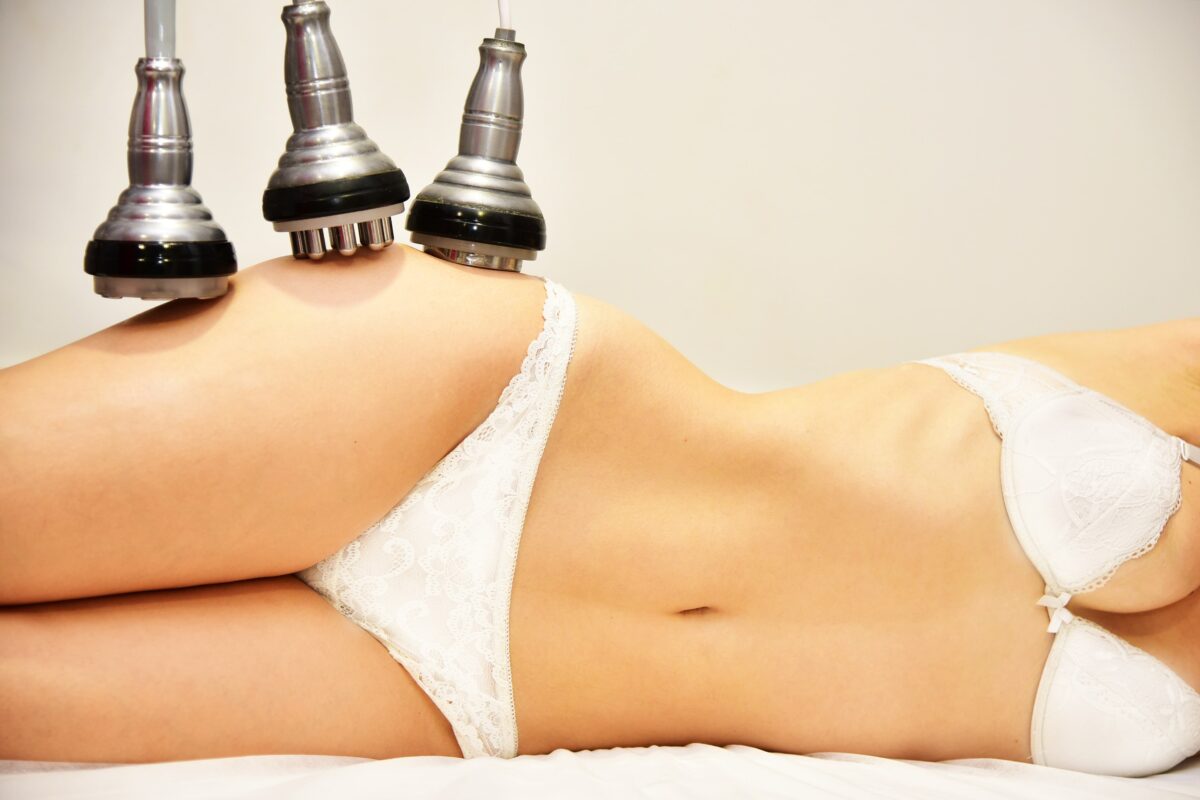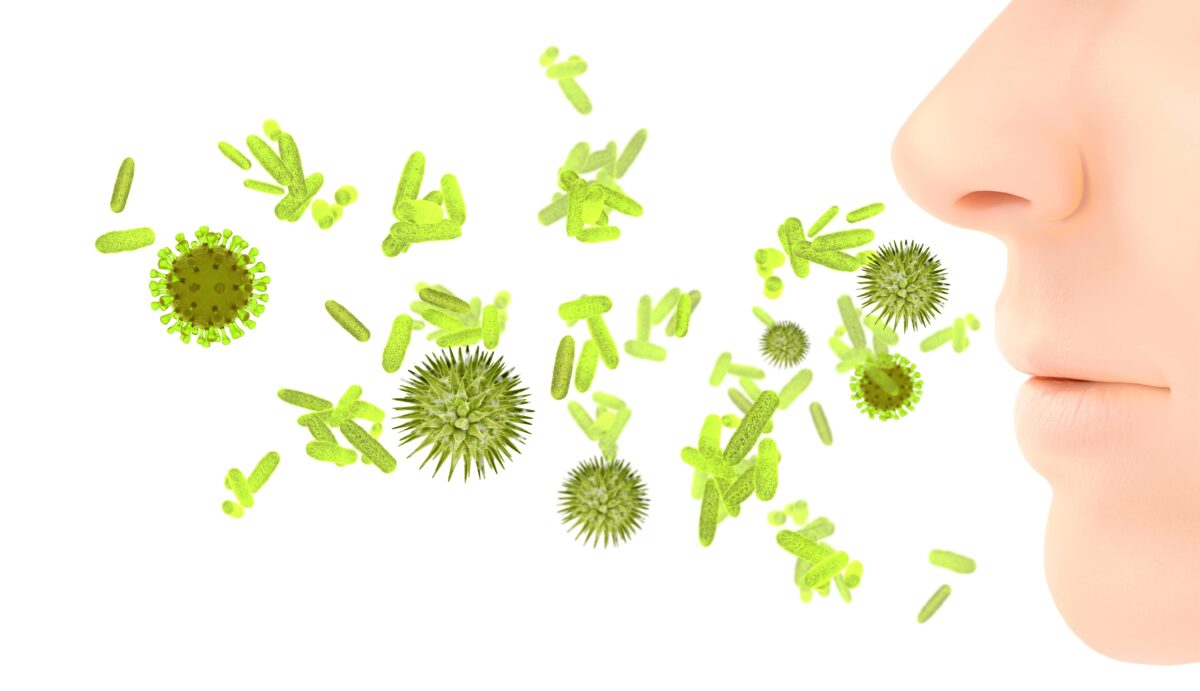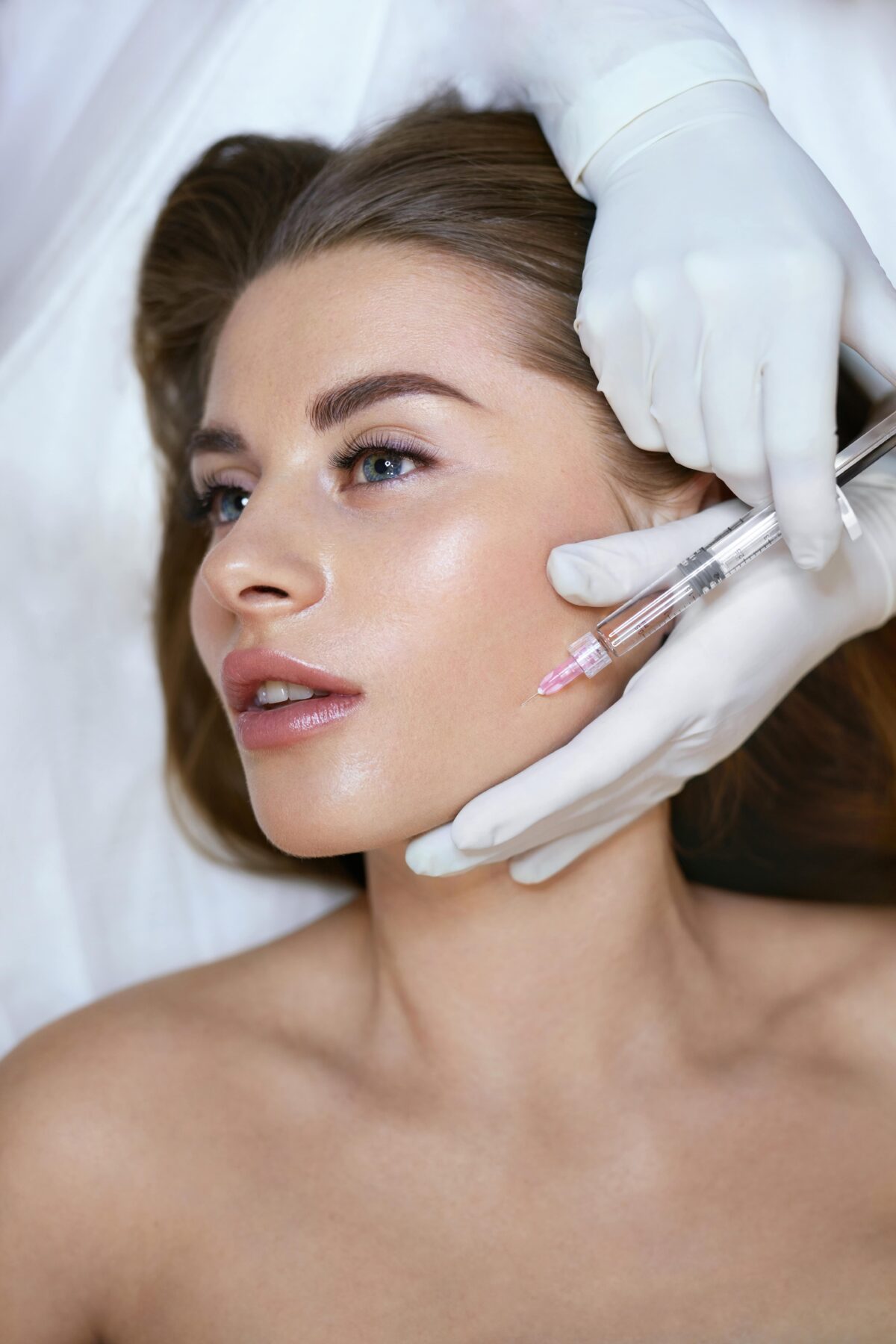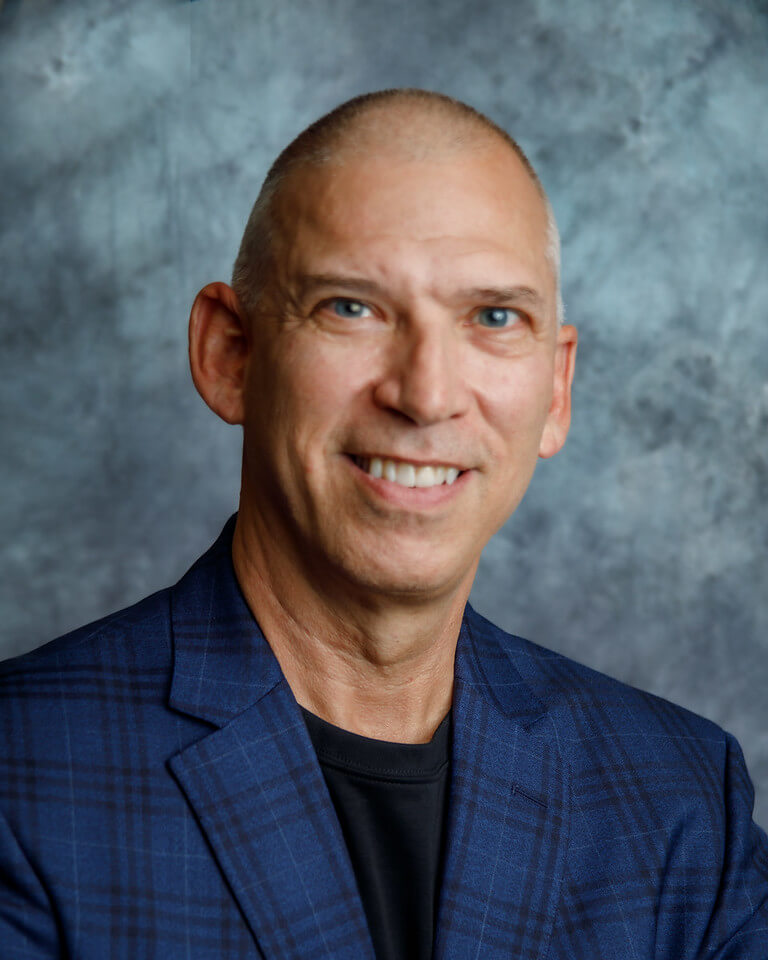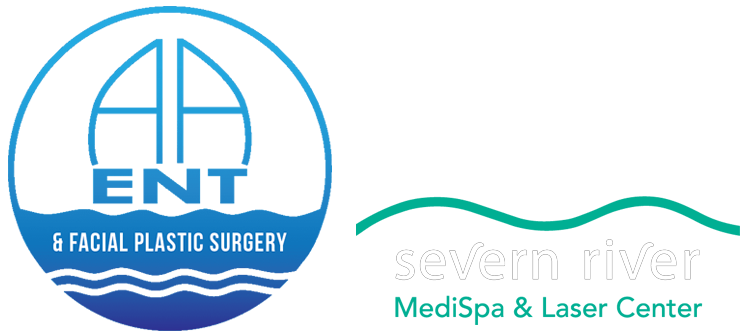Patients who receive an Eyelid Lift (blepharoplasty) usually feel more confident and have improved vision. It is normal that you want fast results after your surgery, but the incisions can take a few weeks to heal completely. Understanding the recovery process beforehand can help you be better prepared for your recovery.
What is an Eyelid Lift?
Eyelid surgery is a procedure used to improve the appearance and function of the upper and/or lower eyelids. This procedure is commonly used to address eyelid drooping associated with aging that leads to both vision difficulties and cosmetic insecurities. Although there are other non-surgical treatments for drooping eyelids and saggy skin around the eyes, only eyelid surgery can offer a permanent fix .
What to expect after the procedure?
Eyelid lift surgery is a very straightforward process. With the expertise of the AAENT team, you will have the surgery completed and be home on the same day. It is normal to experience some discomfort, swelling, and bruising around the area. This is your body’s natural response to any surgery and is a sign the healing process has begun. Most symptoms will fade in a few days and during your follow-up appointment, your doctor may prescribe medication to help your body heal faster or help relieve any discomfort.
Reducing Your Symptoms
Unless your doctor instructs you otherwise, there are some things you can do to reduce the discomfort. The use of ice packs for a couple of minutes throughout the day following the infection prevention methods can help alleviate the swelling. Eye drops and ointment are commonly prescribed to help keep the eye and skin hydrated.
To decrease swelling, many patients have experienced relief by sleeping with their heads raised slightly higher than their chest. For light sensitivity, a pair of your favorite sunglasses can help you protect your eyes from sunlight and direct lights. If your symptoms are not subsiding with these helpful suggestions, the AAENT team is standing by to ensure that you have a successful procedure that includes a comfortable healing process.
Things You Should Not Do
Healthcare providers recommend you take it easy for a few days after surgery and avoid causing even minimal trauma to the healing area. Here are a few tips to stay healthy and safe during recovery.
- Avoid extreme forms of exercise, like heavy lifting and jogging until your doctor recommends a return to regular activity.
- Avoid smoking or being in smoking environments as the irritants in the smoke can cause discomfort.
- Do not rub or touch your eyes in any way during the healing process to reduce the risk of opening your wound or an infection.
- You should not use contact lenses for a couple of weeks and opt for standard frame classes.
- Make sure you sleep well, eat a healthy diet, and stay hydrated to keep your body strong.
- Take and apply medications as prescribed to avoid discomfort and support the healing process.
- Do not wear makeup that can introduce harsh chemicals to the incision sites.
- Avoid swimming in pools, hot tubs, or any bodies of water that can introduce bacteria and cause infection.
- Avoid dusting or gardening that can cause dust particles to enter the eye and cause infection.
Follow-up Appointment
Your stitches will be removed 2 and 7 days after your surgery. It is important that you follow all the instructions your healthcare provider has given you and that you attend your appointment for the best recovery times and results. If you have any questions or concerns, this is the opportunity to discuss them with your doctor.
